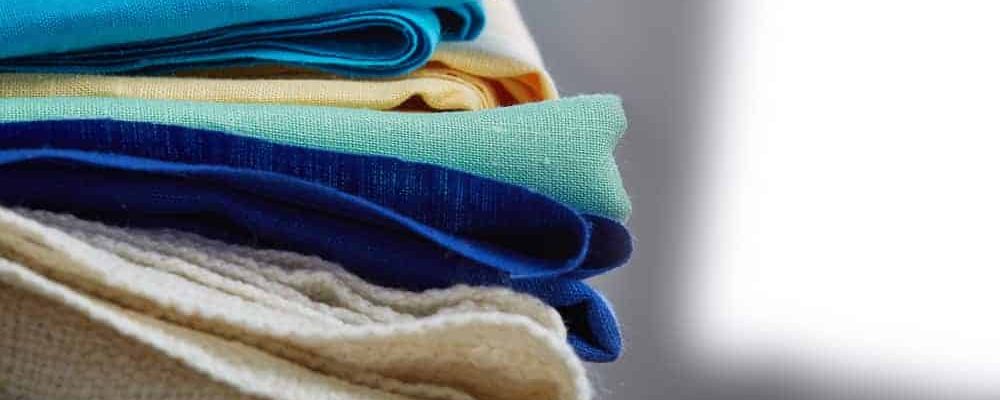
Fabric texture plays a crucial role in determining the overall quality and appeal of textiles. From the softness of a cashmere sweater to the crispness of a cotton shirt, the texture of a fabric can greatly influence our perception and comfort. But what exactly determines fabric texture? In this article, we will delve into the intricate world of textile manufacturing and explore the key factors that contribute to the feel of different fabrics.
- Fiber Type and Structure:
The type of fiber used in fabric production is a fundamental factor in determining its texture. Natural fibers, such as cotton, silk, and wool, possess unique characteristics that contribute to their distinct textures. For instance, cotton fibers are known for their softness and breathability, while silk fibers offer a smooth and luxurious feel. On the other hand, synthetic fibers like polyester and nylon can be engineered to mimic the texture of natural fibers or create entirely new textures. - Yarn Construction:
The way yarn is constructed also plays a significant role in fabric texture. Yarns can be spun in various ways, such as ring spinning, open-end spinning, or air jet spinning, each resulting in different textures. Additionally, the number of twists per inch in the yarn, known as the twist factor, affects the fabric’s texture. Higher twist factors generally result in a crisper and more durable texture, while lower twist factors create a softer and more pliable feel. - Fabric Weave:
The weave pattern used in fabric production greatly influences its texture. Common weave patterns include plain weave, twill weave, and satin weave, each offering distinct textures. For example, plain weave fabrics, such as cotton poplin, have a smooth and even texture, while twill weave fabrics, like denim, have a diagonal ribbed texture. Satin weave fabrics, such as silk satin, have a lustrous and smooth texture due to their long float yarns. - Finishing Treatments:
Various finishing treatments are applied to fabrics to enhance their texture. These treatments can include processes like brushing, sanding, or chemical treatments. Brushing, for instance, raises the fibers on the fabric surface, resulting in a softer and fuzzier texture. Sanding, on the other hand, smooths the fabric surface, creating a sleek and polished texture. Chemical treatments, such as enzyme washes or fabric softeners, can also alter the texture by modifying the fiber’s surface properties.
Conclusion:
Fabric texture is a complex interplay of factors, ranging from the type of fiber used to the finishing treatments applied. Understanding these factors allows us to appreciate the diversity of textures in the textile world and make informed choices when selecting fabrics for various applications. Whether it’s the cozy warmth of a wool blanket or the smooth elegance of a silk dress, fabric texture adds depth and character to our everyday lives.

